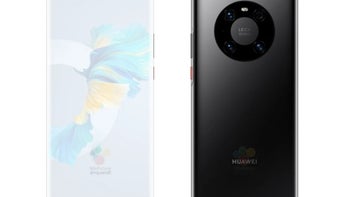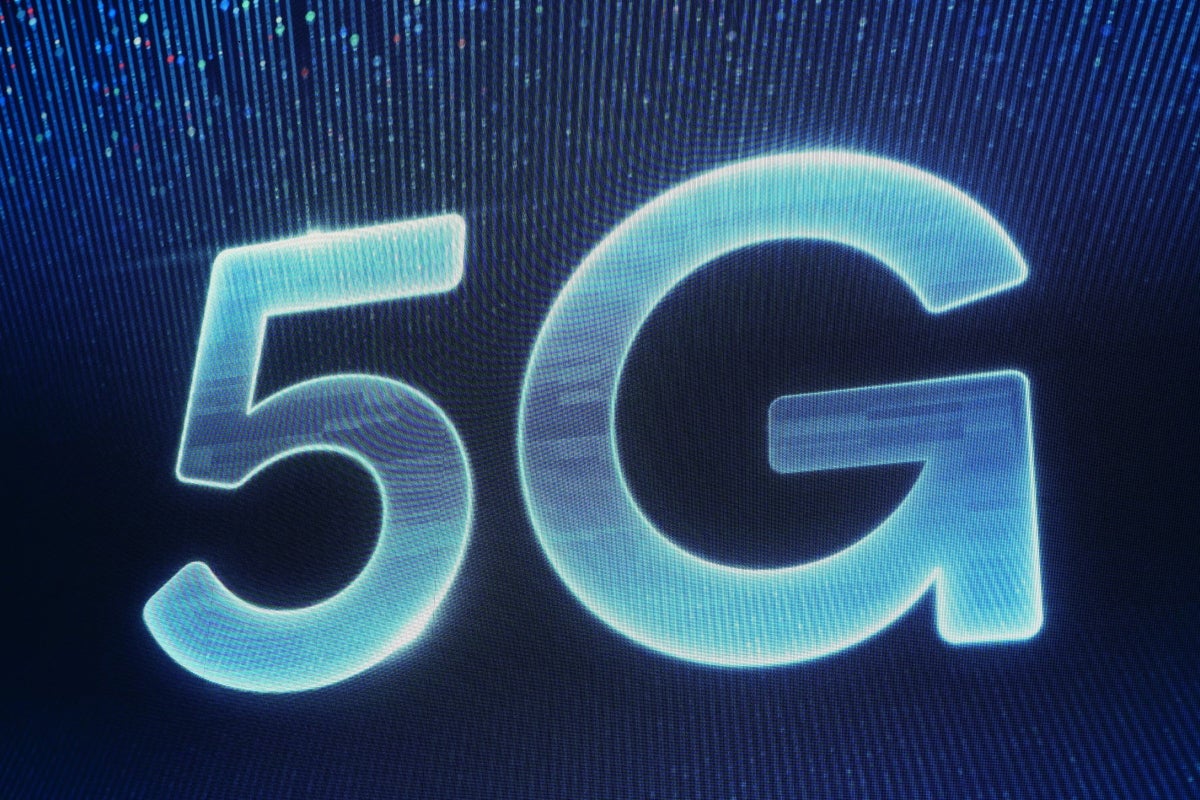Huawei and Samsung continued their battle for leadership of the smartphone market during Q3

According to Digitimes Research, global smartphone shipments during the third quarter of 2020 (covering the months of July through September) declined by 6% on an annual basis. Despite the drop in the number of deliveries, the third-quarter figures were actually an improvement from the rate of decline that the market endured during the first two quarters of this year.
Samsung was the top smartphone manufacturer globally during the third quarter
One might think that deliveries of expensive new handsets would be down by double digits in the face of the COVID-19 pandemic which is gathering steam in the U.S., the U.K., France, and Italy. But the report notes that in many locations government relief packages are keeping people fed. With less money being spent on travel, this gives some families the leeway to spend more money on new phones for everyone from mom and dad to the teens. And with the holidays coming up, a new smartphone might be found for some inside a box under a Christmas tree.

Digitimes Research sees 260 million 5G phones shipping globally this year
During the third quarter, Samsung and Huawei continued their battle with the former capturing first place. Huawei's smartphone shipments declined 25% from the second quarter due to weak demand in China combined with U.S. regulations placed against the company. Huawei could do better in the current quarter since it will release its most technologically advanced models, the Mate 40 line, during the quarter. However, Huawei's inventory of the Mate 40, Mate 40 Pro, and Mate 40 Pro Plus could be limited due to an export rule change put into place by the U.S. Commerce Department. The new rule prevents foundries that use American technology to make chips from shipping components to Huawei. The rule was put into place on September 15th and as a result, the 15 million 5nm Kirin 9000 chips Huawei ordered from TSMC turned into only 8.8 million chips received. Since Huawei will use the cutting-edge integrated circuit on the Mate 40 series, the foldable Mate X2, and on base stations that are part of its 5G network, the company will need to keep an eye on its inventory.
During the third quarter, Samsung unveiled the Galaxy Note 20 and the Galaxy Note 20 Ultra, both with 5G capabilities. Besides equipping its flagship phones with 5G capabilities, Samsung has been pushing out mid-range 5G models as well.
Digitimes Research recently boosted its forecast for global phone shipments this year to 1.22 billion units; back in July, it estimated that global shipments would tally 1.15 billion handsets for the year. The new figures include an annual decline rate of 10.4% for the year. In China, Digitimes Research sees 2020 smartphone shipments of 308 million units, a year-over-year decline of 16.1%. Outside of China, 2020 deliveries are expected to hit 912 million phones for a decline of 8.2%.
Focusing on 5G phones, Digitimes Research sees 260 million of them shipping globally this year accounting for 20% of total smartphone deliveries in 2020. In China, 5G models could account for 70% of annual shipments up from the current 60%. That is thanks to the new 5G iPhone 12 series. Apple unveiled the iPhone 12, iPhone 12 Mini, iPhone 12 Pro, and the iPhone 12 Pro Max. The iPhone 12 and the iPhone 12 Pro have both been released while the iPhone mini and the iPhone 12 Pro Max will both be launched on November 13th.
Chinese phone manufacturers are also believed to be ramping up shipments of low priced 5G phones in 2020. Overall, Chinese firms are expected to ship 160 million 5G phones this year led by deliveries of models priced at the equivalent of 1,000 Chinese Yuan which works out to the equivalent of $149.










Things that are NOT allowed: